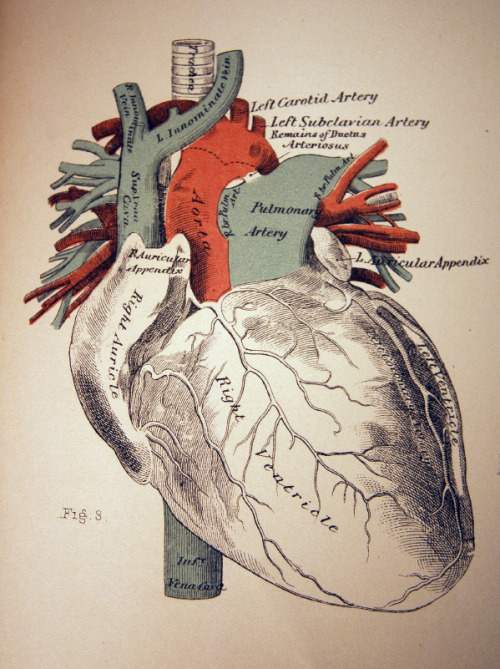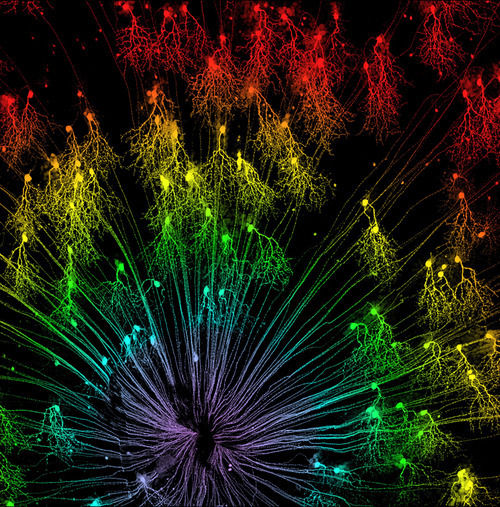Thursday, 13 December 2012
Thursday, 13 September 2012
Transcranial Magnetic Stimulation for the alleviation of pain

Pain is essential for all complex
organisms as it minimises tissue and cellular damage, and hence prolongs
survival. There are a large amount of people in the world who suffer from pain,
in most cases the pain is acute, and can be managed by bed-rest and
administration of analgesics such as non-steroid-anti-inflammatory drugs. The
pain produced may be inconvenient, but it is incredibly important as it
protects the body from any potential or further tissue damage. Pain is
extremely subjective; it is thought to be shaped by interactions between
expectations and incoming sensory information. It is difficult to treat because
the degree of pain that is felt by each individual depends largely on their
pain threshold and their sensitivity to pain. There has been extensive research
into the pathology and treatment of pain.
A potential therapy for people who
suffer from chronic pain is Transcranial Magnetic Stimulation. This technique
has amazing prospects, as it is able to pinpoint specific areas in the cortex
for stimulation, thus allowing for the manipulation of certain brain regions.
TMS is a non-invasive neurostimulatory and neuromodulatory technique that was
initially developed as a diagnostic tool. It has now been shown that repetitive
TMS can transiently disrupt neuronal activity, and can modulate cortical
excitability (either increasing or decreasing it).
During the TMS procedure, there is a
stimulating (round or figure of eight) coil that is held over the subject’s
head, thus, producing an electric current via electromagnetic induction. The
precise mechanisms are unknown. However, it has been postulated that the
electric current, depolarises the neurons causing physiological and behavioural
effects depending on the area of brain that is targeted. Subsequent studies
have shown that the peak discharge current needs to be several thousand amperes
to depolarise the neurons in the brain.
A vast amount of studies have been
carried out, using TMS to assess its affect on chronic pain. There has been
profound evidence on its ability to cause short term analgesia, however
scientists are dubious about the long term effects. Studies have shown that
double pulse stimulation of the medial frontal cortex by TMS alleviates pain.
Thus, this may be a potential stimulatory target for the relief of pain in
patients suffering from chronic pain. Subsequent studies have shown that
stimulation of the parietal cortex produced the greatest analgesic effect, and
lessened the symptoms in subjects suffering from major depression disorders.
Lefaucheur et al. showed that a single session of 10Hz TMS significantly
reduced chronic pain for up to 8 days. It has been postulated that carrying out
TMS on successive days may result in sustained pain relief and that TMS
produces cumulative plastic changes when applied over consecutive days.
TMS seems to have promising results
in some circumstances. It may be used as a future tool in alleviating chronic
pain, and has been shown to have effects in individuals, who are suffering from
depression, severe migraine or even autism.
Friday, 7 September 2012
Tuesday, 28 August 2012
Thursday, 16 August 2012
The Colour Wheel of Emotion
 The pitfalls of depression have now been labelled with its own colour; the
shade of grey to be exact. This to us screams connotations of extreme
gloominess and misery, and it seems people who suffer from anxiety or
depression agree, as when asked to pick a colour out of several, their first
inclination was to choose grey. Colours are often used metaphorically in
literature to convey emotion, such as the classic ‘I was feeling a bit blue’. However,
there is now scientific interest linked to our colour preferences. Recent
research
suggests that colours can provide an insight into how we see ourselves,
while allowing us to express our emotions more effectively than we would with
verbal communication.
The pitfalls of depression have now been labelled with its own colour; the
shade of grey to be exact. This to us screams connotations of extreme
gloominess and misery, and it seems people who suffer from anxiety or
depression agree, as when asked to pick a colour out of several, their first
inclination was to choose grey. Colours are often used metaphorically in
literature to convey emotion, such as the classic ‘I was feeling a bit blue’. However,
there is now scientific interest linked to our colour preferences. Recent
research
suggests that colours can provide an insight into how we see ourselves,
while allowing us to express our emotions more effectively than we would with
verbal communication.
Professor of Medicine and Gastroenterology Peter Whorwell of the
University Hospital in South Manchester says that ‘colours are frequently used
to describe emotions such as being green with envy and in the blues’. Whorwell
and a team of researchers created a colour wheel of eight colours: red, orange,
yellow, green, blue, purple, pink and brown and then broke them down into four
shades of each. They then added black, white and four shades of grey.
Next they recruited 105
healthy adults, 110 anxious adults and 108 depressed adult. The wheel was
produced to indicate people’s preferred pigment in accordance to their relative
state of mind. The participants were then asked
to pick their favourite colour, the colour they were most “drawn to,” and the
colour that described their day-to-day mood based over the last several months.
Whether depressed, anxious or healthy,
people’s favourite colour was blue and they were most drawn to yellow. However
when it came to mood, the groups diverged. The group of people, who were neither
anxious nor depressed, clinically speaking, picked yellow to represent their
mood; while the anxious/depressed among them preferred grey. According to the
researchers, the colour grey implies "a dark state of mind, and a
colourless monotonous disinterest in life." However yellow is associated
with "happiness, cheerfulness and a positive emotional state."
Whorwell
and others are hoping that the colour wheel can be used in the medical field to assess health
status/mood and to diagnose depression. The technique may be beneficial in
circumstances where the participants cannot effectively communicate verbally,
such as withdrawn children, people with communication
problems or those of whom English is not their first language.
Thursday, 12 July 2012
Robert M. Sapolsky
“I love science, and it pains me to think that so many are terrified of the subject or feel that choosing science means you cannot also choose compassion, or the arts, or be awed by nature. Science is not meant to cure us of mystery, but to reinvent and reinvigorate it.”
Thursday, 21 June 2012
Retinal Ganglion Cells
Retinal ganglion cells (RGCs) are neurons that relay signals from therods and cones in the eye to several regions of the brain. This image is of a mouse retina, here the RGCs “point” to a single direction producing this beautiful image.
Saturday, 3 March 2012
David Attenborough: What A Wonderful World
Okay, so...I have a very unhealthy obsession with Sir David Attenborough...
David + Wonderful World = very happy me! <3
Subscribe to:
Posts (Atom)


